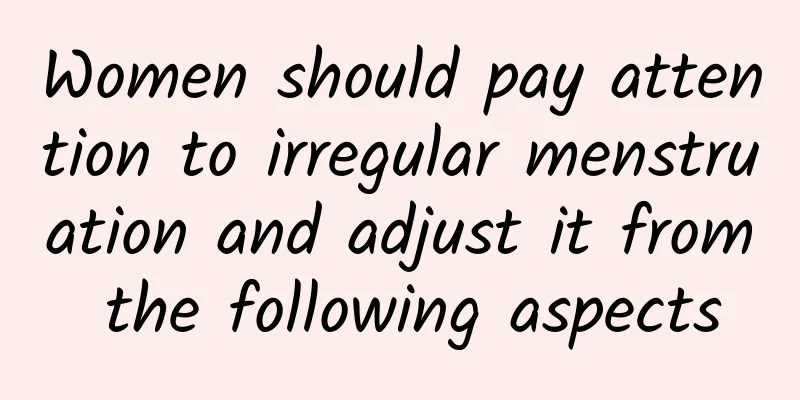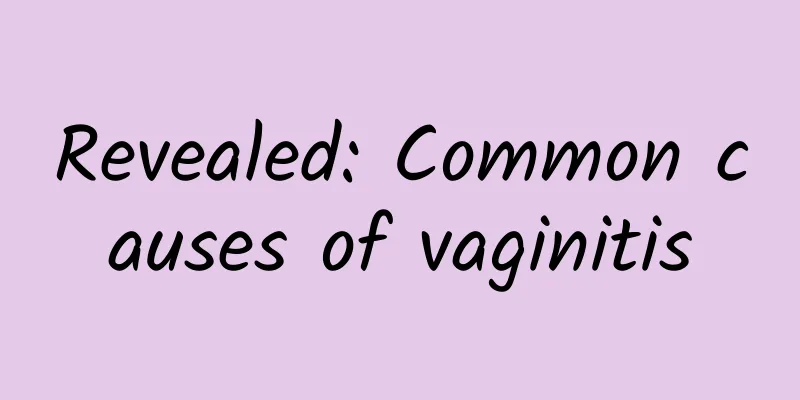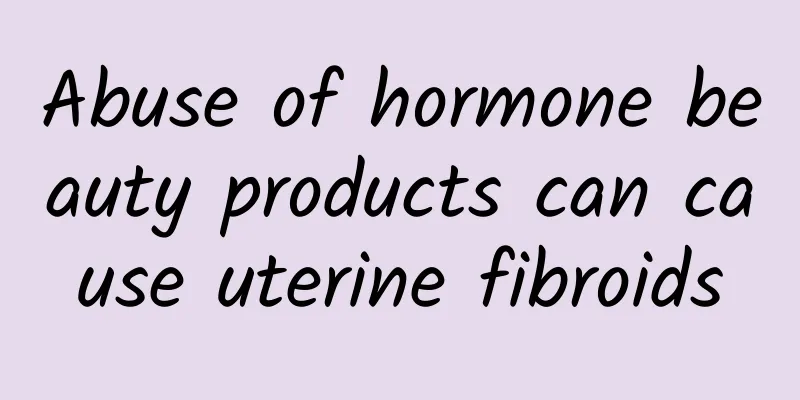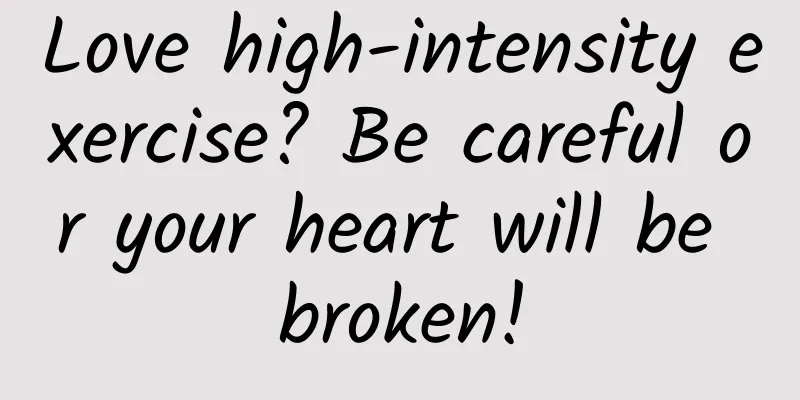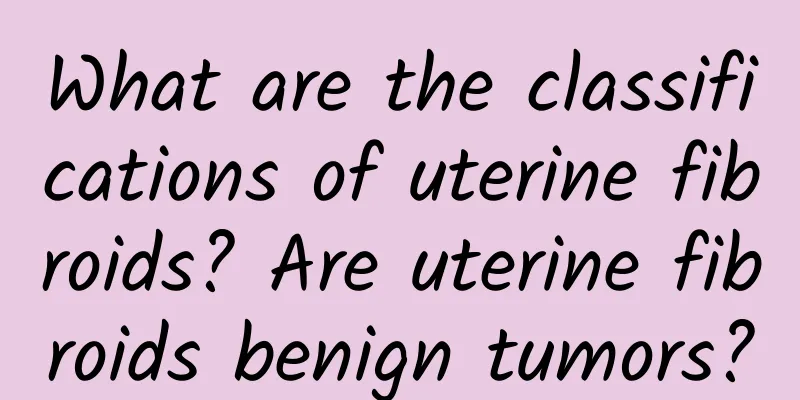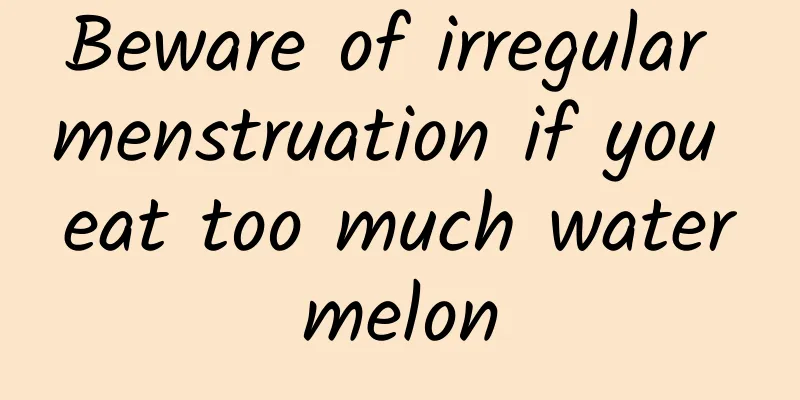Pathological chocolate cyst symptoms
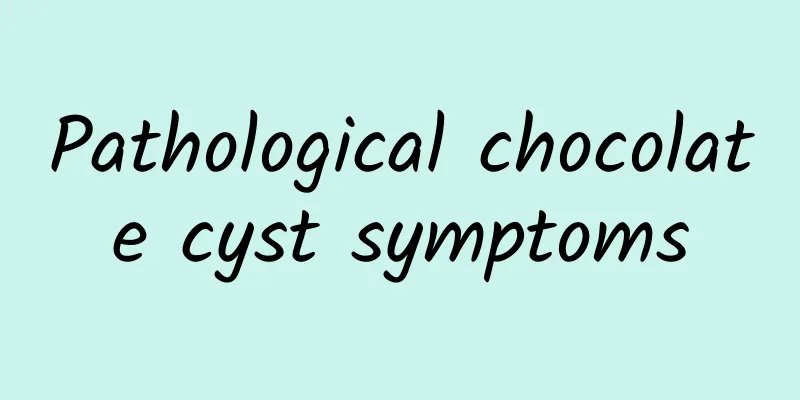
|
What are the symptoms of pathological chocolate cysts? Ovarian chocolate cysts, also known as ovarian endometriosis cysts, are a type of endometriosis. Under normal circumstances, the endometrium grows in the uterine cavity and is affected by female hormones in the body. It sheds once a month to form menstruation. If the endometrial fragments shed during menstruation flow back through the fallopian tubes into the pelvic cavity with menstrual blood and implant on the surface of the ovaries or other parts of the pelvic cavity, ectopic cysts will be formed. Ectopic endometrium is also affected by sex hormones and sheds and bleeds repeatedly with the menstrual cycle. If there is an ovarian lesion, local bleeding occurs during each menstruation, causing the ovaries to enlarge and form cysts containing old blood. The old blood is brown and sticky like a paste, like chocolate, so it is also called "chocolate cyst". The clinical symptoms of pathological ovarian chocolate cysts are mainly lower abdominal pain, lower abdominal discomfort, increased leucorrhea, yellow leucorrhea, leucorrhea odor, abnormal menstruation, usually a solid painless mass in the lower abdomen, and sometimes pain during sexual intercourse. When the cyst affects hormone secretion, symptoms such as irregular vaginal bleeding or increased hair bodies may occur. If the cyst pedicle is twisted, there will be severe abdominal pain, bloating, difficulty breathing, loss of appetite, nausea, fever, etc. Larger cysts will cause pressure near the bladder, leading to frequent urination and difficulty urinating. The dietary care of patients with chocolate cysts is divided into two aspects: the diet during the conservative treatment stage should be based on a nutritionally balanced light diet, avoiding high-fat, high-energy, raw, cold, spicy and other irritating foods, paying attention to eating more vegetables, fruits, coarse grains and low-fat foods, and not eating too much cold food, hair products, acidic foods, sweets, salty foods, fumigated or pickled foods; the dietary care during the surgical treatment stage should be determined according to the surgical process. Liquid diet can be given 6 hours after the operation. After the patient has exhausted the gas, semi-liquid diet and soft diet can be gradually added, and finally a general diet can be given. |
<<: How does pelvic effusion go away?
>>: How to prevent hydatidiform mole
Recommend
Do you know what are the symptoms of malignant ovarian cysts?
Ovarian cysts are generally benign, but the sympt...
What are the dangers of long-term amenorrhea?
I believe that all female friends know about wome...
What are the nursing measures for hospitalization of ectopic pregnancy?
The nursing measures for ectopic pregnancy mainly...
Eating lotus root in autumn can strengthen the spleen and stomach ~ People with bloating and diabetes should not eat too much lotus root
Autumn is the season for tasting fresh lotus root...
How to treat uterine fibroids? What should not be eaten during the treatment of uterine fibroids?
What should not be eaten during the treatment of ...
What to do if endometrial thickening causes continuous menstruation
What should I do if my endometrium thickens and m...
Is it safe to have a medical abortion one month into pregnancy?
Abortion is a very common phenomenon nowadays. I ...
Prevention of mild cervical precancerous lesions
If you don't pay attention to it, you will re...
What if I don't have my period?
Many women may have experienced the absence of me...
A 22-year-old girl tried a menstrual cup and it got stuck. She came to the hospital for help. The doctor smiled bitterly: I used the wrong method
Not long ago, the story of a young girl has left ...
Hollywood actresses are popular with the "primitive diet" and lose weight quickly after giving birth!
American fashion celebrity and designer Kristin C...
Eat less or gain weight and sweat easily? Be careful, it is liver and kidney deficiency type obesity that causes trouble
【Liver and kidney deficiency type obesity】 Charac...
Common symptoms of adnexitis in women
There are many gynecological diseases, and adnexi...
Can pelvic inflammatory disease cause constipation?
Modern women have to balance work and take care o...
What is the blood flow signal of uterine fibroids? What does the blood flow signal of uterine fibroids mean?
What is the blood flow signal of uterine fibroids...

